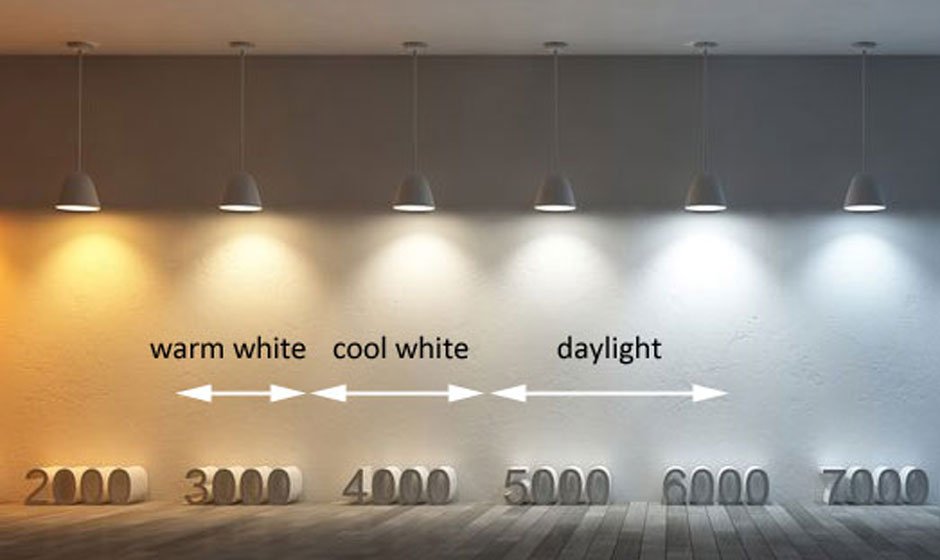Lighting is an integral aspect of interior design that goes beyond mere illumination. It can profoundly influence the ambiance of a room and evoke specific emotions. One of the most effective ways to manipulate the atmosphere of a space is through the strategic use of color temperature.
Understanding how to use color temperature can help you create environments that are warm and inviting, cool and relaxing, or dynamic and energizing. Getting guidance and advice from experts at Visual Comfort is an excellent idea.
Understanding Color Temperature
Color temperature is measured in Kelvin (K) and refers to the hue of a particular light source. Lower Kelvin values produce warmer tones, while higher values yield cooler ones. Typically categorized as warm, neutral, or cool, each range has unique properties that can affect the mood of a room.
Warm Light (2,000K – 3,000K)
Warm light falls within the 2,000K to 3,000K range and emits a yellowish or amber hue. This kind of lighting is perfect for living rooms, bedrooms, and dining areas because it’s frequently linked to feelings of coziness, comfort, and relaxation. An inviting and cozy ambiance may be created with warm lighting, making it ideal for having a meal with loved ones or relaxing after a hard day.
Neutral Light (3,500K – 4,500K)
Neutral light, ranging from 3,500K to 4,500K, strikes a balance between warm and cool tones. It is comparable to natural daylight and works well in various settings, providing a clear and accurate representation of colors. Neutral lighting is commonly used in kitchens, bathrooms, and workspaces where visibility and color accuracy are crucial. It offers a clean and balanced environment, neither too warm nor too cool.
Cool Light (5,000K – 6,500K)
Cool light, with a Kelvin range of 5,000K to 6,500K, emits a bluish-white hue. This type of lighting is invigorating and is often used in spaces where focus and alertness are desired, such as offices, garages, and home gyms. Cool lighting can enhance concentration and productivity, making it essential for work-related activities and high-energy spaces.
Setting the Mood with Color Temperature
Using color temperature effectively requires understanding the desired mood for each space in your home. By tailoring the lighting to suit specific activities and times of day, you can create a customized ambiance that enhances both functionality and comfort.
Creating a Cozy Atmosphere
An appealing and comfortable ambiance is best achieved with warm lighting. In living rooms and bedrooms, consider using table lamps, floor lamps, and dimmable overhead lights with warmer bulbs. Soft, warm light can make these spaces feel homier and more conducive to relaxation. Incorporating candles or lanterns can further enhance the warm, serene vibe.
Enhancing Focus and Productivity
Cool lighting is ideal for workspaces, home offices, or study areas where focus and productivity are essential. Bright, cool light can reduce eye strain and keep you alert during long working hours. Use overhead LED panels, task lamps, or adjustable desk lights with cool-toned bulbs to create an environment that supports efficiency and concentration.
Balancing Functionality with Comfort
Neutral lighting balances comfort with functionality, making it suitable for multipurpose areas like kitchens and bathrooms. In the kitchen, neutral light can help you see the true colors of ingredients, making meal preparation easier and more enjoyable. In bathrooms, it provides clarity for grooming tasks while maintaining a pleasant atmosphere. Consider using a combination of overhead lights, under-cabinet lights, and vanity lights to achieve a well-rounded illumination.
Adapting to Different Times of Day
Adjusting color temperature according to the time of day can significantly affect your home’s atmosphere. In the morning, use cooler lighting to help you wake up and feel energized. As the day progresses, transition to neutral lighting for a balanced environment. Make the transition to cozy lighting in the evening to wind down and get ready for a good night’s sleep. Smart lighting systems can automate these changes, ensuring that your home’s ambiance adapts seamlessly throughout the day.
Practical Tips for Using Color Temperature
Here are some practical tips to help you use color temperature effectively in your home:
- Use Dimmable Lights:Dimmable lights allow for greater flexibility, enabling you to adjust brightness levels and create different moods with ease.
- Layer Lighting:Combine ambient, task, and accent lighting to achieve a well-rounded illumination. This layered approach can enhance a space’s overall atmosphere and functionality.
- Consider the Room’s Purpose: Tailor the color temperature to the specific activities and needs of each room. For example, warm light should be used in relaxation areas, and cool light should be used in workspaces.
- Use Smart Lighting:Smart bulbs and lighting systems offer customizable color temperatures and schedules, allowing you to automate and fine-tune your home’s lighting with convenience.
- Experiment and Adapt:Don’t be afraid to experiment with different color temperatures and adjust based on your preferences and how the space feels over time.
Conclusion
Understanding and using color temperature effectively can transform your home’s ambiance, creating spaces that feel just right for their intended purposes. You may create the ideal atmosphere, increase comfort, and boost functionality in each space by choosing the right color temperature. Whether you’re designing a cozy retreat or a productive workspace, mastering the art of lighting for mood can significantly impact your overall living experience.





